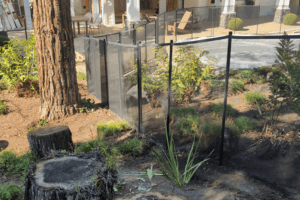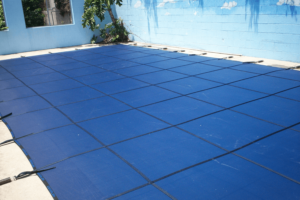
Top Pool Fence Accessories That Make a Big Impact
The top pool fence accessories can help you get the most from your backyard oasis. Take a look at our top recommendations and learn how to pick the gear that’s right for your pool safety fence installation.





